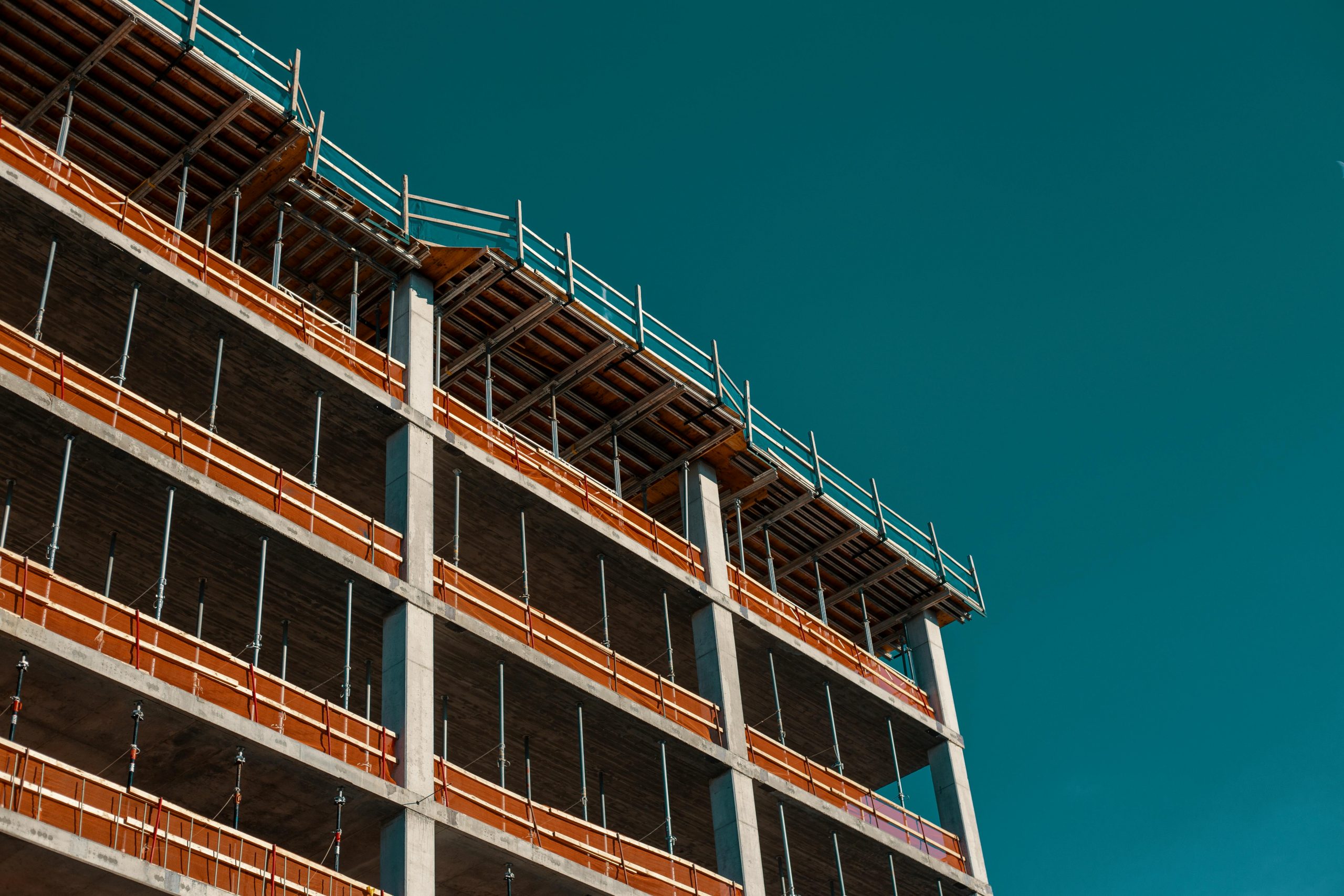Capital allowances for refurbishments and fit-outs – Don’t miss out
David Nutt, 30 October 2025

David Nutt, 30 October 2025

Investing in refurbishments and fit-outs has become a constant theme in commercial property in recent years, as investors try to drive greater value in their portfolio.
This work is conducted for a variety of reasons, including to improve efficiency, attract tenants or refresh tired spaces.
These projects demand significant capital outlay, which may put many investors off. However, this may be because they don’t realise that they are still missing out on valuable tax relief in the form of Capital Allowances.
Capital Allowances enable businesses to offset qualifying expenditure against taxable profits, reducing Corporation Tax liabilities.
Qualifying assets extend well beyond the obvious. Lighting, heating, ventilation, plumbing, electrical systems and other integral features frequently meet the criteria.
Specialist installations that improve functionality or efficiency may also qualify, even where the works are part of a wider refurbishment or fit-out.
Despite the availability of valuable tax relief, there are still several misconceptions that prevent businesses and investors from claiming what they are entitled to.
One persistent myth is that refurbishment and fit-out costs are always capitalised and therefore non-claimable.
In practice, many of the integral or functional upgrades carried out during these projects qualify for Capital Allowances.
This can include items such as lighting and cabling, heating and ventilation systems, sanitary ware, kitchen installations, lifts and even decorative finishes that improve the property’s usability.
The only costs generally excluded are those relating to major structural works, such as extensions or alterations to the building’s fabric. Although even those costs might qualify for a different type of tax deduction, the Structure and Buildings Allowance.
Another common misunderstanding is that once the project is complete, the opportunity to claim has been lost.
In fact, retrospective claims are often possible, allowing businesses to revisit past refurbishment expenditure and recover missed reliefs.
HMRC will usually allow claims going back a couple of years, provided the right records and analysis are available. This can result in a substantial one-off tax repayment or future tax savings that improve cashflow.
A third misconception is that Capital Allowances only apply to landlords.
Tenants who invest in their own fit-outs can often make claims too, provided the qualifying expenditure is borne by them and not the property owner.
For example, a restaurant operator fitting out a leased unit could claim allowances on items like extraction systems, refrigeration and customer washroom facilities.
With HMRC increasingly scrutinising claims, accuracy is vital. Clear records, detailed surveys and early engagement with capital allowance specialists give the strongest position for successful claims.
Advisors can identify hidden qualifying assets, structure claims efficiently and ensure compliance with complex rules.
For developers, embedding allowance reviews into project planning ensures nothing is missed.
For landlords and occupiers, periodic audits of past projects can often reveal unclaimed opportunities.
Put simply, overlooking Capital Allowances is leaving money on the table. The regime is designed to support investment in commercial property, yet misconceptions continue to limit uptake.
By proactively identifying and claiming allowances, whether on current or historic refurbishments, investors and developers can maximise tax efficiency and strengthen long-term returns.
Don’t let valuable reliefs go unclaimed. With the right advice, refurbishments and fit-outs can deliver not only operational improvements but also powerful tax savings. For guidance and support on your next claim, get in touch with expert David Nutt (davidnutt@lubbockfine.co.uk) and Partner, Rob Hoad (roberthoad@lubbockfine.co.uk)